by Linus Ignatius, studio photos by Ériver Hijano // Jan. 20, 2015
AA Bronson is a little like the art world’s Father Time. With a long white beard to underscore his twinkling eyes and a body of work that continually invokes the presence of the dead, he is part veteran artist and part modern-day shaman. He began his career in 1967 as a co-founder of General Idea, a subversive artist collective working out of Toronto and New York. Together, they created numerous AIDS activist pieces in a time of crisis, and produced sundry queer media. As generations have changed, AA Bronson has remained a voice for the community, on behalf of the living and the dead.
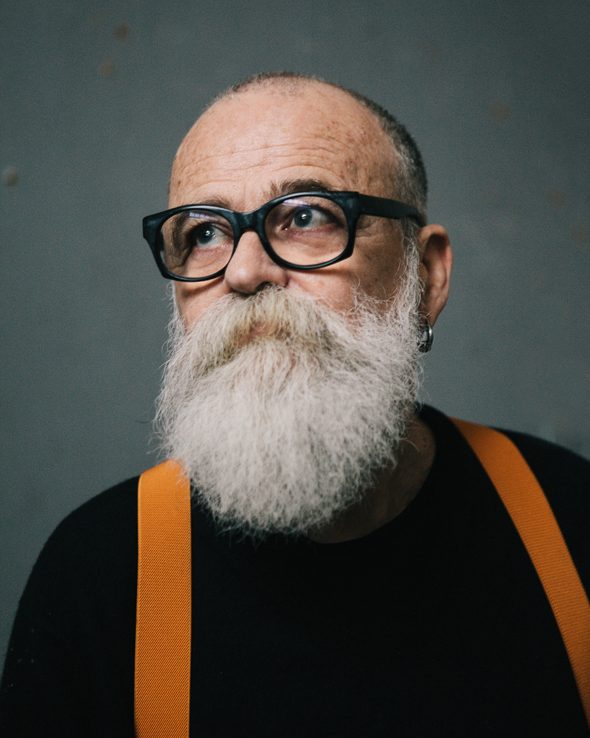
Last week he invited Berlin Art Link to his home, a charming loft apartment in Charlottenburg. A grid of oversized pills covers the wall behind him as we chat – a piece extracted from ‘One Year of AZT,’ a provocative piece General Idea produced in 1991. His husband Mark makes us lattés, which we sip from minimalistic white mugs with handles protruding suggestively. He reflects on his long-standing relationship with his husband.
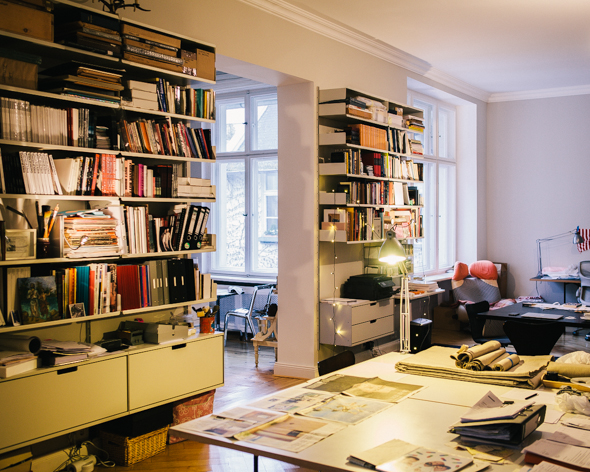
“After AIDS, or let’s say halfway through, the idea of gay relationships totally changed. And suddenly everybody realized that gay relationships had become more stable than straight relationships. Prior to that it had been exactly the opposite. But living through that disease, which was a very intense period, the gay community really learned a lot about loving and about community and about valuing our relationships and so on. And gay life was completely transformed at that time. It’s quite amazing.”
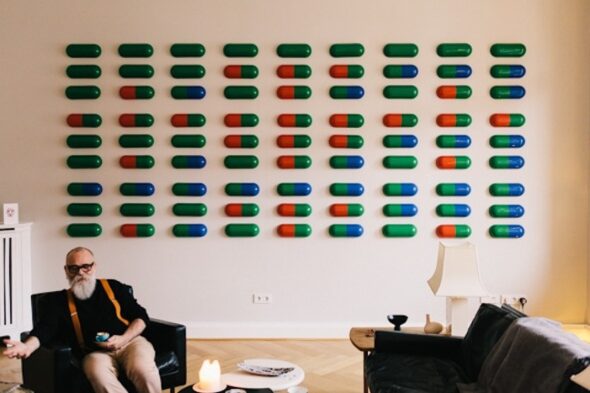
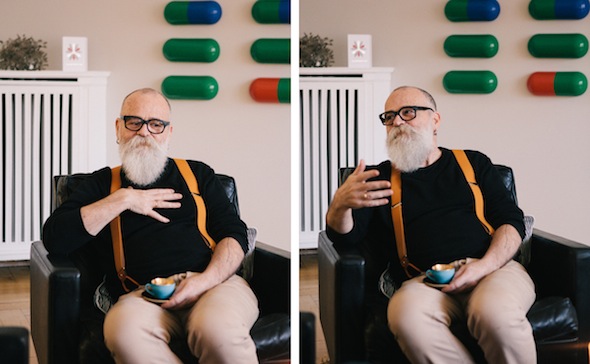
We soon head to his studio in Wedding, where he is preparing for his impending solo show at Esther Schipper Gallery. Upon entering the workspace we are greeted with a chalky, drifty cloud of dust hanging over everything, reminding me of the mugwort smells he implemented into his three-story show in a pagoda in South Korea, AA Bronson’s House of Shame. American flags of various sizes line the walls, caked over with a thick, white gesso-like substance.
Linus Ignatius: Why American flags?
AA Bronson: It’s a body of work I’ve been thinking about since 9/11. There were American flags everywhere – as there tend to be in the U.S. anyway – but it was really amplified. And in the whole downtown area everything was covered with a thick coat of this weird, pale, greasy dust, which we knew was concrete, glass, paper, human flesh… A bizarre mix of stuff. A lot of asbestos, they said, in that dust.
The American flag as a subject is very loaded. For Americans it means one thing, and for everybody else it means something else. When I first came to Berlin I brought my biggest flag with me, and I put it on the floor of the apartment I was in and put a photo on Facebook. And immediately the Americans – even the most left-wing – were commenting, ‘Don’t walk on that flag! Are you stepping on that flag!?’
I think a lot of Americans are going to take offense, but I’m very pleased with them. They’re a kind of tribute to the living and the dead.
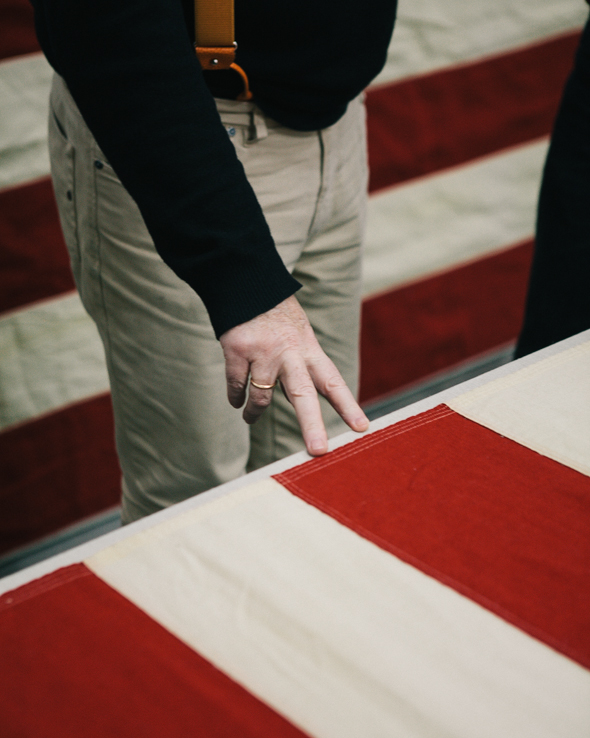
LI: Your work often invokes the dead. How did you achieve this in your recent show in Rotterdam?
AA: It was on two floors – the bottom floor was done in a kind of classic white cube way, and the top floor was done in an immersive style. It was extremely dark, a lot of sound, the floor was spread with sage so it was very scented and you were crunching as you walked along. And there was this lost-in-the-magic-forest feel for that second floor.
It comes from Fire Island: the little forest between The Pines and Cherry Grove is kind of the heart of the whole exhibition. There were many men in the late ’80s / early ’90s who went to both The Pines and Cherry Grove to spend their last days there — not to die there, but to spend their last days there as a kind of gift to themselves. And many of them asked to have their ashes scattered there afterwards, specifically in that forest. So that forest is actually full of the ashes of the dead. I think of it as a very spiritual kind of place – combining sex and spirit in a kind of nice way.
LI: Why this fascination with the dead?
AA: Since so many of my generation died, I think it’s very clear that we are a community of the living and the dead. And I think it’s a mistake to forget about the dead ones and pretend they’re not with us anymore. Our culture is so formed by that generation of people who should be still around.
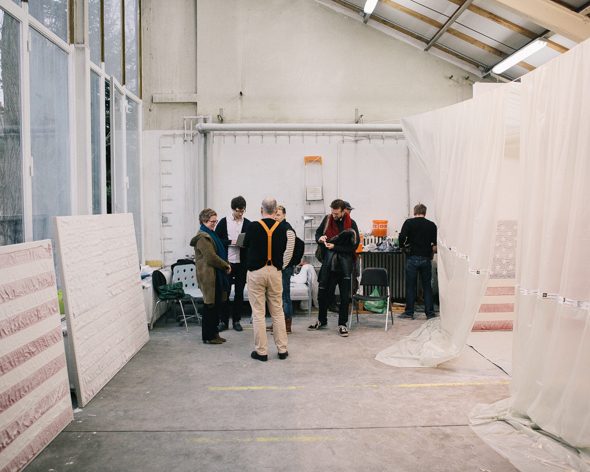
LI: What do you feel about the traditional gallery space?
AA: It has its purposes. The exhibition I’m about to have at Esther’s is totally a white cube show. I don’t challenge it at all. I just think of it as one device that we can use.
But having lived in NY for so long I really became disgusted by the marketplace emphasis, how difficult it is for an artist to actually function there without having a studio with, oh, around 200 assistants.
So, around 2008, I wanted to make work they couldn’t sell, which is kind of self-defeating in a sense. So I began doing work in the galleries and museums that also couldn’t be documented and had no audience. So you also couldn’t sell tickets. And the artwork consisted of this private event that you could never see and you could only know the bare minimum about. I think I’ve done that for long enough now.
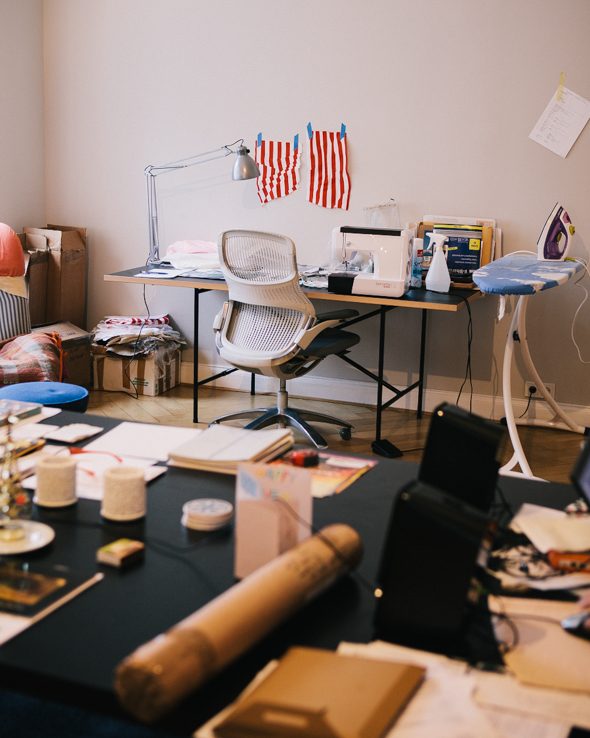
LI: What is the balance, then, between reaching people and resisting the dominant structures of the art world?
AA: Well, being in Berlin has allowed me to kind of relax about that, since the marketplace here is not very strong anyway. And one of the things I like about Berliners is there is this immense freedom to work in many different ways.
I have a friend here who was doing his Ph.D., and was also a sex worker, and a go-go boy, and he was saying that what he loved about Berlin is that he could have those three identities and they could each enhance the other. As an academic his reputation was enhanced by being a sex worker. The fact that this city can sustain multiple identities is really a fantastic quality. It’s very life-giving.
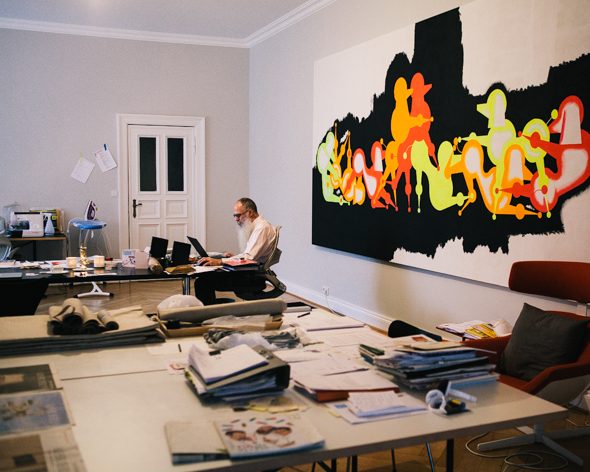
LI: Speaking of giving life, what about your own practices? How do you give back to the community in your own way?
AA: My healing practice is massage-based and hands-on. When I put my hands on someone I get information. So I just start talking, and conversation happens, in which I act as kind of an intermediary between the person and their own body. So the things their bodies say that they don’t hear – I kind of act as the communicator between them and their body.
And the sphincter is the place where people hide the most, because it’s the part of your body that you can’t see. (laughing) So I’m a specialist in the asshole, essentially. And when you say that somebody’s an uptight asshole, I mean that’s literally probably true. Especially people that have very public jobs, diplomats, people who have to have this even temperament on the outside: very smooth in a way, and all their emotional life has to be hidden. So I built my healer career with my expertise on the asshole.
LI: Touching. So somehow you avoid falling into the macabre.
AA: Well, I’m always teetering on the edge of that. But there’s always some humour and irony. I also don’t feel like I’m embedded in the past. There are so many histories that are hidden from us. We don’t hear about them in school or in the media, and it requires a bit of research to dig them up and expose people to them. If you can see the pathways that run through history they also give an idea about the pathways into the future.
Artist Info
Writer Info
Linus Ignatius is a director and actor hailing from Brooklyn, NY. He studied theater and cinema at Oberlin College before spending time at a film school in the Czech Republic and finally moving to Berlin. He recently completed an immersive theater piece called House – staged in a prairie home in Ohio designed by Frank Lloyd Wright – as well as a number of smaller film projects. He is currently putting together an alternative production company called the god complex.

























